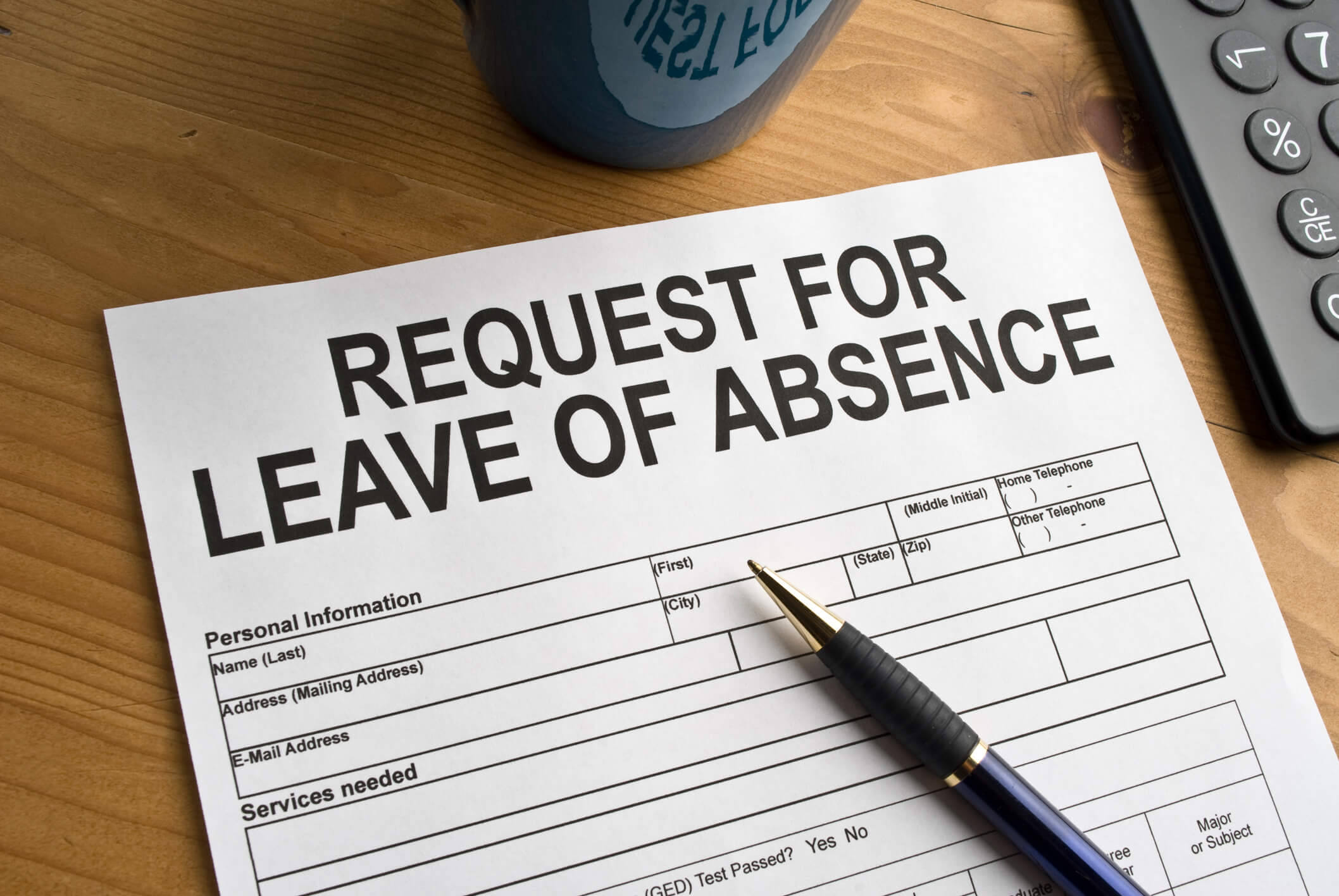Los Angeles is once again in the spotlight as it implements changes in its laws that will impact many of its employers and their employees beginning July 1, 2016. On June 1, 2016, the City Council passed the Los Angeles Minimum Wage Ordinance (No. 184320), adopting both new minimum wage rules and paid sick leave benefits applicable to all employees who perform at least two hours of work in a particular week within the geographic boundaries of the City of Los Angeles. Many employers will have recently implemented new paid sick leave policies in compliance with the state law. But employers of 26 or more employers may need to pull out their handbooks once again and revise their policies—while also providing wage increases to their minimum wage earners effective July 1, 2016.
Now that the ordinance has finally passed and been added to the Los Angeles Municipal Code, affected employers do not have much time to modify their existing policies because the ordinance contains an “urgency clause” that makes it effective upon publication. Employers of 26 employees or more have until July 1, 2016 to begin paying the new hourly wage. Employers with 25 or fewer employees will have a one-year reprieve and will have until July 1, 2017 to start providing the same minimum wage. (For the full details, see Table 1 below.) All employers will have to begin providing the sick leave benefits on July 1, 2016.
New Minimum Wage Requirements
The $15.00 minimum wage is coming!
By July 1, 2020, employers with 26 or more employees will have to pay their employees who work in Los Angeles no less than $15.00 per hour. Employers with 25 or fewer employees will have to begin paying their employees who work in Los Angeles no less than $15 per hour by July 1, 2021. On July 1, 2022 and annually thereafter, the minimum wage will increase based on the Consumer Price Index for Urban Wage Earners and Clerical Workers for the Los Angeles metropolitan area published by the Bureau of Labor Statistics. The adjusted rates will take effect on July 1 of each year.
The ordinance defines “employee” as “any individual who in a particular week performs at least two hours of work within the geographic boundaries of the City” of Los Angeles. Note, however, that a November 2015 Bureau of Contract Administration document states that an employer’s number of employees is calculated including employees outside Los Angeles.
California’s minimum wage will also increase over the next several years, but not at the same rate as the Los Angeles ordinance requires. Table 1 below provides a side-by-side comparison of the scheduled minimum wage increases for the city and the state.
Employers with locations both inside and outside of Los Angeles
If you have a business where some of your employees work inside and others work outside of Los Angeles, you may choose to use the California minimum wage rates for employees who only work outside of Los Angeles (unless another jurisdiction’s minimum wage law applies).
What about exempt “white collar” employees?
The statewide minimum salary requirement for exempt employees, who must be paid at least twice the “state minimum wage”—not twice the minimum wage proscribed by the Los Angeles ordinance. Note that, for the first time, beginning in December 2016, when new U.S. Department of Labor regulations go into effect, the federal minimum salary for exempt employees will be higher than California requires, (at least when the new DOL regulations initially go into effect).
When and where do the minimum wage rates change?
Table 1: Schedule of Minimum Wage Increases for Los Angeles and California
|
CA minimum wage: 26 or more employees |
CA minimum wage: 25 or fewer employees |
LA minimum wage: 26 or more employees |
LA minimum wage: 25 or fewer employees |
|
$10.50 as of 1/1/2017 |
$10.50 as of 1/1/2018 |
$10.50 as of 7/1/2016 |
$10.50 as of 7/1/2017 |
|
$11.00 as of 1/1/2018 |
$11.00 as of 1/1/2019 |
$12.00 as of 7/1/2017 |
$12.00 as of 7/1/2018 |
|
$12.00 as of 1//1/2019 |
$12.00 as of 1/1//2020 |
$13.25 as of 7/1/2018 |
$13.25 as of 7/1/2019 |
|
$13.00 as of 1/1/ 2020 |
$13.00 as of 1/1/2021 |
$14.25 as of 7/1/2019 |
$14.25 as of 7/1/2020 |
|
$14.00 as of 1/1/ 2021 |
$14.00 as of 1/1/ 2022 |
$15.00 as of 7/1/2020 |
$15.00 as of 7/1/2021 |
|
$15.00 as of 1/1/2022 |
$15.00 as of 1/1/ 2023 |
Are there any businesses that are exempt from the Los Angeles ordinance?
There is a limited exemption from the Los Angeles ordinance, but only for nonprofit corporation employers that also qualify as “transitional employers,” which are defined in the Los Angeles Administrative Code (LAAC), and only for employees who are in the first 18 months of their employment in “transitional jobs” (which are also defined under the LAAC). Be cautious in relying on this exemption as it is intended to be strictly construed.
Other nonprofit employers may also qualify for a deferral rate
Certain nonprofit employers may also qualify for a deferral rate schedule, but only if (1) the CEO or highest-paid employee of the nonprofit earns a salary which, when calculated on an hourly basis, is less than five times the lowest wage paid by the nonprofit; (2) the nonprofit is a Transitional Employer as defined in the Los Angeles Administrative Code; (3) the nonprofit serves as a child care provider; or (4) the nonprofit is funded primarily by city, county, state, or federal grants or reimbursements.
Unless a business falls into one of these narrow categories, it will need to implement changes to its payroll and benefits as early as July 1 of this year.
Los Angeles Paid Sick Leave
In addition to the above changes to the minimum wage provisions, the Los Angeles ordinance increases the number of paid sick leave hours to which Los Angeles employees are entitled. The new paid sick leave law requires employers to provide employees with 48 hours of leave.
Must an employer provide all employees with 48 hours each year?
Under the Los Angeles ordinance (and the state leave law), if the employer uses the accrual method of calculating paid sick leave (1 hour of sick leave for every 30 hours worked), and, based on the hours worked, the employee accrues less than 48 hours, that employee would not be provided with 48 hours of sick leave. For example, a part-time employee who works only two 8-hour days a week would accrue approximately 24 hours of sick leave in a year. However, if the employer chooses to front-load the sick leave (by providing it in a lump sum at the beginning of a 12-month period), the employer must provide the employee with the entire 48 hours of paid sick leave. For many Los Angeles employers, the new ordinance will double the number of paid sick leave days to which their employees are entitled.
How does the Los Angeles ordinance compare to California’s sick leave statute?
While many of the requirements of the Los Angeles ordinance and the California sick leave statute are the same, there are also some significant differences in the requirements of the two laws. The chart below may assist employers in determining whether their current policies require any changes, and if so how the policies should be modified.
Table 2: Comparison of Los Angeles and California Paid Sick Leave Laws
|
|
Los Angeles Ordinance |
|
|
To whom does the law apply?
|
Applies to employees who perform at least two hours of work in a particular week with the city of Los Angeles and who qualify as employees entitled to the payment of the minimum wage under California law |
Applies to all employees in California with certain exceptions for construction workers, certain home health workers, flight crews, and workers covered by union agreements (under certain conditions) (but see below) |
|
|
Applies to employees who work for the same employer in Los Angeles for 30 days or more within a year from the commencement of employment |
Applies to employees who work for the same employer in California for 30 days or more within a year from the commencement of employment |
|
|
Does not apply to exempt employees (because “employee” is defined to mean those workers entitled to payment of a minimum wage under California law) |
Applies to all employees |
|
|
No collective bargaining agreement (CBA) exemption |
Limited CBA exemption |
|
Accrual Rules
|
Accrual begins on the later of the first day of employment or July 1, 2016. |
Accrual begins on the later of the first day of employment or July 1, 2015. |
|
|
Employers may front-load (provide in a lump sum) or pay at a rate of 1 hour of sick leave per every 30 hours worked. |
Employers may front-load (provide in a lump sum), pay at a rate of 1 hour of sick leave per every 30 hours worked, or provide leave at another rate by which the employee accrues at least 24 hours or 3 days of sick leave by the 120th day of employment |
|
|
Employers may set an accrual cap of 72 hours. |
Employer may set accrual cap of 48 hours or 6 days |
|
|
Employers may set a higher cap or no cap at all. |
Employer may set a higher cap or no cap at all |
|
|
Employees may carry over up to 72 hours of paid sick time even if a lump sum is provided at the beginning of the year |
Employees may carry over up to 48 hours of paid sick leave, but only if the accrual method is used. If a lump sum payment is used, the unused balance is replaced by new lump sum grant. |
|
|
If an employer has a paid leave or paid time off (PTO) policy or provides payment for compensated time off equal to or no less than 48 hours, no additional time is required. |
If an employer has a paid leave or PTO policy or provides payment for compensated time off equal to or no less than 24 hours or 3 days, no additional time is required. |
|
Use of Paid Sick Leave |
An employee may use paid sick leave beginning on the later of the 90th day of employment or July 1, 2016. |
An employee may use paid sick leave beginning on the later of the 90th day of employment or July 1, 2015. |
|
|
Employers must provide, and employees may use, up to 48 hours of paid sick leave in any year or defined 12-month period. |
Employers must provide, and employees may use, the greater of 24 hours or 3 days of paid sick leave in any year or defined 12-month period. |
|
|
Employees may take leave to care for family members, including those set forth in the state statute and any individual related by blood or affinity whose close association with the employee is the equivalent of a family relationship. (The Los Angeles law does not define “close association” and “equivalent of a family relationship.”) |
Employees may take leave to care for themselves or family members, including a child (a biological, adopted, or foster child, stepchild, legal ward, or a child to whom the employee stands in loco parentis, regardless of age or dependency status); a parent (a biological, adoptive, or foster parent, stepparent, or legal guardian of an employee or of an employee’s spouse or registered domestic partner, or a person who stood in loco parentis when the employee was a minor child); a spouse; a registered domestic partner; a grandparent; a grandchild; or a sibling. |
|
Documentation and Notice Issues
|
Reasonable documentation of need for leave may be required. |
No reference to whether reasonable documentation of need for leave may be required |
|
|
Does not address the need for advance notice for sick time |
Requires advance notice as soon as practical if the need for leave is foreseeable |
|
Discharge and/or Rehire
|
No requirement to compensate for accrued, unused sick leave upon separation from employment |
No requirement to compensate for accrued, unused sick leave upon separation from employment |
|
|
If an employee separates from an employer and is rehired within one year, previously accrued and unused paid sick time must be reinstated |
If an employee separates from an employer and is rehired within one year, previously accrued and unused paid sick time must be reinstated |
|
Prohibition of Retaliation
|
Retaliatory action is prohibited and fines and a notice of correction may issued |
Retaliatory action is prohibited |
What is an “employer” under the Los Angeles Ordinance?
The definition of “employer” under the Los Angeles ordinance includes any natural or legal person—including a corporate officer or executive—“who directly or indirectly or through an agent or any other person, including through the services of a temporary service or staffing agency or similar entity, employs or exercises control over the wages, hours or working conditions of any Employee.” Note that this definition presents the potential for individual liability.
Noncompliance and Enforcement
The Los Angeles Minimum Wage Ordinance does not define who will serve as its enforcement agency, but it could be enforced by the city’s Office of Wage Standards, the state Division of Labor Standards Enforcement (DLSE), and by private enforcement. The paid sick leave portion of the ordinance will be enforced by the City’s Office of Wage Standards, part of the Bureau of Contract Administration. It is currently unclear whether the DLSE will enforce this requirement as well and whether there is a private right of action for the paid sick leave component.
Next Steps
- If you have locations in multiple municipalities within the state, make sure you review and follow all minimum wage increases for both the state and the municipality.
- Check to see if your locations have other municipal ordinances affecting either minimum wage or paid sick leave requirements.
- Review your sick leave and/or PTO policies to determine whether they need to be revised and whether the revisions will apply to all California employees, or only those in Los Angeles.
- Train your supervisors, managers, and human resources professionals to recognize the new requirements, the purposes for which paid sick leave may be used, and who qualifies as a family member under each law.





